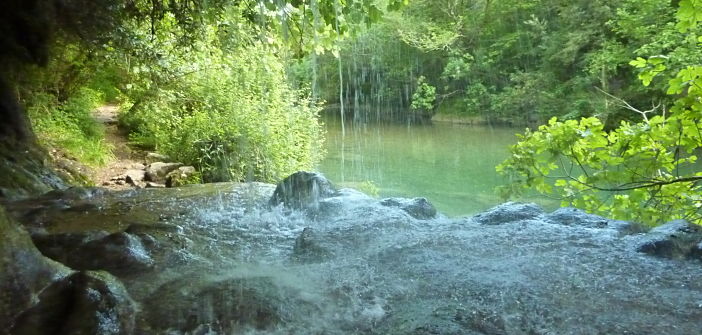The village of La Roquette stretches along the Siagne and is divided into three districts: the old village on its hillock, Saint Jean, and Dandon in the plain of this coastal river. There are few traces from the Roman era, but the castrum of Roquettum appears in 1041 in a cartulary of the Abbey of Lérins.
On April 25, 1109, the lord Pierre Ismidor took monastic vows at Lérins and donated his possessions, including the castrum of Rochetta, to the abbey. In 1144, the abbot of Lérins established a priory there and settled farmers on the land of Saint Georges. In 1390, Raymond de Turenne destroyed the village, and the inhabitants fled to Cannes. Since then, a pilgrimage has been organized for Saint George’s Day, commemorating this event.
The Saint George Oratory reminds us of the feudal wars of the Middle Ages. In 1500, a fair was organized, evidence of the dynamism of La Roquette, repopulated in the meantime by people from Liguria. The village was rebuilt between 1707 and 1729, gaining enough importance to be established as a parish in 1760.
The church dedicated to Saint Francis of Paola dates from the same period, the end of the 18th century. A century later, in 1850, the Chapel of Saint Jean was erected on the site of a building burned during the revolution of 1789. La Roquette is located on one of the routes of the Camino de Santiago. Like all the surrounding villages, La Roquette is devoted to horticultural cultivation and supplies the perfumeries of Grasse with jasmine and Centifolia roses.
There is a dispute about the coat of arms of this village between one blazon made of cypress and a dove on a blue background, and another consisting of a bishop’s crozier and palms, which better reflect the village’s past linked to the Abbey of Lérins. An interpretive trail allows visitors to better discover the fauna and flora of the banks of the Siagne.
An opportunity to immerse yourself in nature and escape the hustle and bustle of the modern world.
Thierry Jan


